BY: PRAVEENA THIRUNATHAN
Before we begin, let’s set some ground rules. Note that IFT provides the opportunity for members to post information and opinions on many subjects, including cannabis. Please understand that this action by IFT does not constitute any opinion by IFT regarding the use of cannabis in any form or for any purpose, and such information and opinions are only those of the persons posting and not of IFT. IFT is not and does not provide any legal advice regarding cannabis. Possessing, using, distributing or selling cannabis are subject to varying international laws, including a crime under US federal law and that of many states. IFT does not advocate or support violating any such laws.
Introduction
Ganja. Mary Jane. Weed. Marijuana. Used in ancient rituals, purported for its medicinal effects, and a stereotypical staple of college dorm rooms, cannabis is a well known drug with a long history. Although its possession, sale, transport and cultivation is illegal at the federal level in the United States, in recent years, several states have completely legalized it for both recreational and medicinal use, while other states have legalized it only for medicinal use at the state level. In Canada, cannabis is legal only at the medicinal level, but that is set to change after July 1, 2018, when cannabis will also be legalized for recreational use [1].
So, what does the legalization of recreational cannabis mean for food scientists? As cannabis becomes legalized, several companies have jumped on the opportunity to develop “edibles”, or food products that convey the effects of cannabis in an edible, rather than a smoke form. Cannabis users have long made their own homemade edibles (the most common example being pot brownies), but by making it themselves, those users were able to tailor the amount of the cannabis extract, as well as control who consumes their product. This opens a completely different can of worms when attempting to mass produce a cannabis-infused food product for the general populace: what are the quality standards for such a product? Can these foods be regulated when they’re federally illegal? How can food scientists formulate their products, with the extra task of ensuring their products will deliver consistent amounts of cannabis, to get people safely high? In this piece, I will attempt to begin to find out!
Chemical Background
The drug cannabis comes from the flower buds taken from members of the Cannabis genus, including Cannabis sativa, Cannabis indica, and Cannabis ruderalis. These plants contain the aptly named cannabinoids, which are non-polar compounds that bind to cannabinoid receptors in our brains. There are two types of these receptors: CB1 (found in the brain), and CB2 (found in our immune system) [2]. Cannabinoids that bind to CB1 are what cause euphoric, out-of-body experiences, while those that bind to CB2 give pain relief and muscle relaxation.
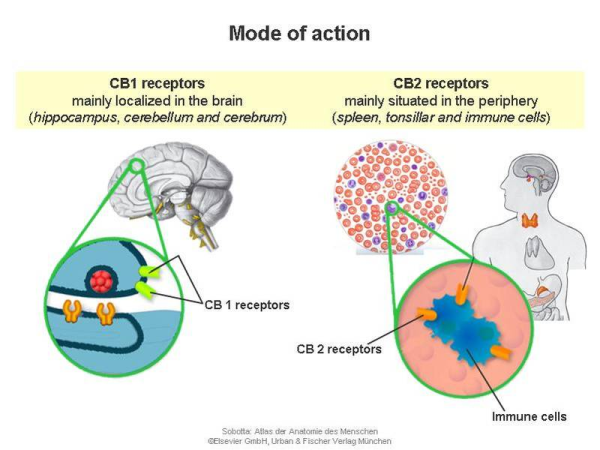
http://www.cannabisoils.ca/wp-content/uploads/2014/12/7839621_orig.png
Out of all the cannabinoids, tetrahydrocannabinol (THC) is the most famous. THC binds to both CB1 and CB2 receptors, giving you both the pain relief and sensory illusions, and also a bad case of the munchies. This increased appetite is caused by the CB1 receptor activating a set of neurons called pro-opiomelanocortins (POMCs), which then increase their production of beta-endorphins (appetite stimulants) [3]. THC is not naturally present in the cannabis plant, but instead is present as tetrahydrocannabinolic acid (THCA). Upon heating, THCA will be decarboxylated into THC, which often occurs by lighting up a joint. Cannabidiol (CBD) is the other widely studied cannabinoid, used mainly for its pain relief and anti-depressant effects alone, since it’s not psychedelic like THC. It modulates both CB1 and CB2 cannabinoid receptors instead of binding directly to them, thus when CBD is consumed with THC, it moderates THC’s anxiety-inducing effects [4].

THC https://upload.wikimedia.org/wikipedia/commons/thumb/4/4c/Tetrahydrocannabinol.svg/1200px-Tetrahydrocannabinol.svg.png

CBD https://upload.wikimedia.org/wikipedia/commons/thumb/9/9a/Cannabidiol.svg/1200px-Cannabidiol.svg.png
Edibles
“Cannabis edibles in the eyes of a Product Developer”
Now that we understand how cannabis produces its psychological and physical effects, let’s move on to product formulation of edibles. Since THC and CBD are non-polar, they can be extracted into non-polar bases like butter or oil. This allows them to be used in a variety of baked goods such as brownies, cookies, and pastries. At-home canna-enthusiasts (see what I did there) may try to make their own cannabutter by steeping the buds in warm butter, then allowing to cool in order to extract the cannabinoids. Unfortunately, the aldehydes that give cannabis its grassy flavor, and the chlorophyll that gives cannabis it’s green color, are also extracted out into the butter, resulting in a green, grass flavored lump of fat. This can be dealt with by developing baked goods with bold flavors, such as ginger or mixed spice to mask this grassy flavor [5]. However, product developers have to be careful with the dosing and blending of fat, since poor blending and inaccurate dosing can result in an edible that’s too strong (dangerous) or too weak (no effect).

This is butter that’s been infused with cannabis. Note the green color.
http://2vkhzy3igy6z31sdvzjxzuh1.wpengine.netdna-cdn.com/wp-content/uploads/2014/02/marijuana-butter-640×480.png
With that in mind, food scientists may opt for another form of cannabis, such as cannabis extract (instead of steeping the buds in butter, extracting the cannabinoids out using a solvent) or crystals (THC solids that have been crystallized into a solid form), to blend into their product. Beverage bases can be developed by mixing cannabinoids with a neutral oil (such as coconut), as mentioned by Dr. Francis Boero in IFT Connect. Mints use cannabinoid crystals (again, properly blended and dispersed so that the dosage is consistent). Regardless of the form of THC and CBD, product developers have to constantly double check the potency of their cannabis extracts with their quality department, so that each batch of edibles is consistent. Of course, this means that formulations can and will change ever so slightly with each change in potency, so product developers need to be constantly on their toes.
“Cannabis edibles in the eyes of Quality Assurance and Quality Control”
As a quality control professional, not only do you have to worry about the usual quality defects (proximate composition, food safety), edibles require that you also have to ensure that the THC content is consistent between products. Without consistent dosing within products, one serving may be too strong, while another serving in the same product may be too weak, leading to angry consumers. As I mentioned before, THC and CBD are non-polar, and therefore chromatographic techniques such as High Performance Liquid Chromatography (HPLC) and Thin Layer Chromatography (TLC) are excellent for detecting and quantifying cannabinoids in a product. Dr. Ronald Glas of the Netherlands has developed a rapid TLC technique to accurately quantify 6 of the major cannabinoids found in cannabis (THC, CBD, cannabinol (CBN), tetrahydrocannabivarin (THCV), cannabigerol (CBG), and cannabichromene (CBC)), which sounds quite easy at first [6]. But when you realize that the concentration of a specific cannabinoid is indicated by the size of the spot on your TLC plate, and you look at the calibration chart, you realize it can get confusing really fast.
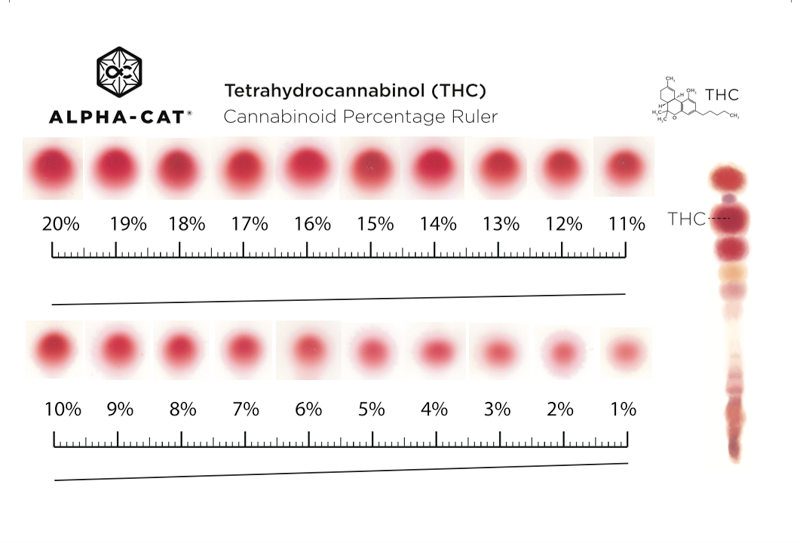
Hmmm… you can see it’s easy to differentiate between large and small quantities, but it’s harder to differentiate between 6% and 7%.
https://www.alpha-cat.org/the-test/how-it-works/
Good thing the Shimadzu Corporation, a leader in high precision analytical instrumentation, has also come up with a cannabis analyzer that revolves around an HPLC unit and can quantify the potency of various cannabinoids in your extract or edible. While it’s very convenient to have a standalone model, complete with all the columns and standards you need, it can be too expensive and space-consuming for QC labs that already have a general HPLC machine, and can manage to develop their own protocols for measuring cannabinoid content in their products. Most QC labs already have protocols and methods established for their current HPLC instruments, and so a lot of development, time, and expertise is needed to replace their instrumentation with Shimadzu brand analyzers, making the process impractical for routine use.
Some companies that operate in states that have approved the legal consumer use of cannabis products, like Colorado-based Dixie, have been operating as if the FDA has approved cannabis, ensuring that their production plants conform to FDA standards and that their nutritional labels are accurate [7]. From a quality assurance perspective, while it is time consuming, developing a HACCP plan and SOPs for producing edibles can help a company maintain a clean inspection record, despite the federal illegality of cannabis.
In terms of the supply chain, QA professionals will have to consider the criminal aspect of their cannabis sources, and ensure it is coming from legal and reputable sources. In Canada, criminal involvement in the cannabis trade has been steadily decreasing, both due to the upcoming legalization, and also due to the strong presence of homegrown cannabis [8]. Another concern is the potential adulteration of cannabis, whether it’s natural (due to contamination with soil-borne microbes or heavy metals), artificial (pesticide residue on the cannabis plants), or intentional (the cannabis is cut with tobacco or other drugs). Of course, both supply chain issues are minimized if a company decides to grow their own cannabis for their own products. Nevertheless, QA professionals will need to implement strict protocols for testing their cannabis, as well as maintain a transparent supply chain, in order to ensure that the resulting product is safe to eat.
Regulatory Concerns
While there are definitely some obstacles when creating cannabis food products with regards to product development and QA, since cannabis has psychedelic abilities, the regulatory aspect of edibles would most likely be the most intense. As a Canadian, I’ve always been intrigued by how cannabis is illegal at the federal level in the United States, but can be legalized at the state level according to each state. This means that the FDA has not developed a set of regulations regarding cannabis for medicinal or recreational use, so it’s up to the state-level governments to set those regulations. Colorado and Washington were the first states to legalize recreational cannabis in 2012, and since they’ve had more time to develop and refine their cannabis regulations, their regulations act as a template for other states (and Canada) [1].
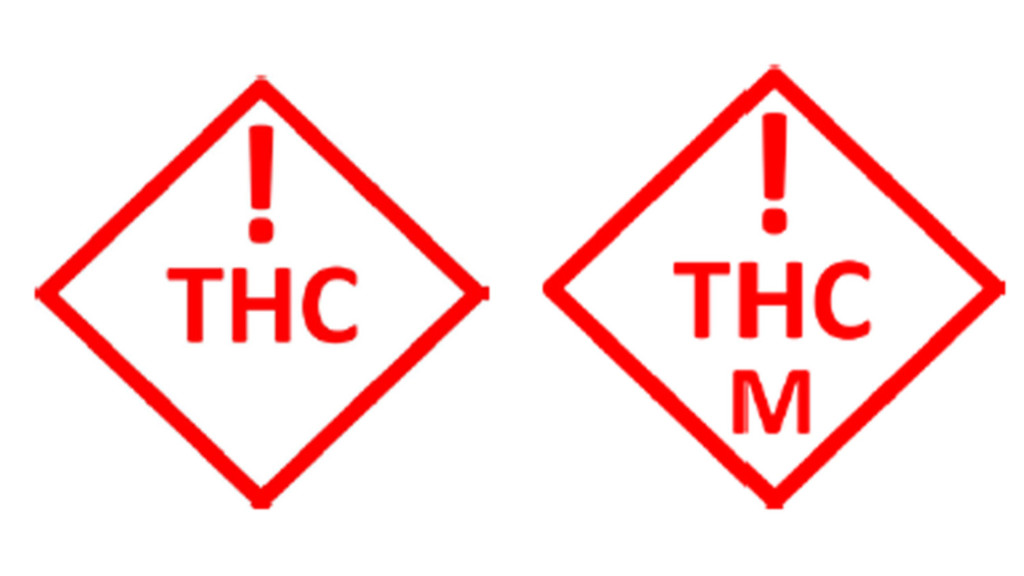
The new symbol that must be on cannabis product packaging and the product itself, in Colorado by 2019
https://www.colorado.gov/pacific/sites/default/files/IB%2018-04%20Universal%20Symbol%20Rules.pdf
If you do become a regulatory specialist in cannabis, it is important to understand that the regulations are always changing (in part because cannabis is a new sector) so you’ll have to stay on top of your game. Colorado signed a new regulation in June 2016, stating that edibles must not come in shapes like animals, humans or fruit (but shapes like squares, circles, and the marijuana leaf are fine), and the edibles must not come in packaging that attracts kids [9]. Then in October 2016, another regulation was put into effect stating that all cannabis-infused edibles need to have the universal symbol (the characters !THC within a diamond) on their product and packaging [10]. Regulations may not change as fast as this real-life example, but it serves as a lesson for edibles companies to be flexible and on the lookout for upcoming changes. Canada will aim to legalize edibles a year after recreational marijuana (meaning, in the year 2019), so that regulations for edibles can be deliberated on and refined, to ensure the safety of cannabis products [1].
Conclusion
In summary, it’s not always easy to work with edibles, due to their unique nature. However, it offers new challenges for any food scientist who’s willing to constantly stay on top of regulations, maintain quality parameters, and reformulate products to keep edibles…edible. For those food scientists who live in areas where cannabis is legalized, it may be a worthwhile challenge to think about. If you’re still interested and want to learn more from your fellow food scientists, I encourage you to check out the Legalized Cannabis and Hemp Edibles IFT connect group, and start a conversation. The scientists there are more than happy to share their knowledge.
Want to keep up with the conversation in other ways? Follow us on Instagram and Facebook for quick updates on seminars, events, and food science!
References
-
Health Canada. 2017. “Introduction of the Cannabis Act: Questions and Answers.” Promotional material. Aem. April 13, 2017. https://www.canada.ca/en/services/health/campaigns/introduction-cannabis-act-questions-answers.html.
-
Pertwee, R G. 2008. “The Diverse CB1 and CB2 Receptor Pharmacology of Three Plant Cannabinoids: Δ9-Tetrahydrocannabinol, Cannabidiol and Δ9-Tetrahydrocannabivarin.” British Journal of Pharmacology 153 (2): 199–215. https://doi.org/10.1038/sj.bjp.0707442.
-
Koch, Marco, Luis Varela, Jae Geun Kim, Jung Dae Kim, Francisco Hernández-Nuño, Stephanie E. Simonds, Carlos M. Castorena, et al. 2015. “Hypothalamic POMC Neurons Promote Cannabinoid-Induced Feeding.” Nature 519 (7541): 45. https://doi.org/10.1038/nature14260.
-
Hayakawa, Kazuhide, Kenichi Mishima, Mai Hazekawa, Kazunori Sano, Keiichi Irie, Kensuke Orito, Takashi Egawa, et al. 2008. “Cannabidiol Potentiates Pharmacological Effects of Δ9-Tetrahydrocannabinol via CB1 Receptor-Dependent Mechanism.” Brain Research 1188 (January): 157–64. https://doi.org/10.1016/j.brainres.2007.09.090.
-
Toast, The Fresh. 2017. “TFT How To: Make Your Marijuana Edibles Taste Less Like Weed.” The Fresh Toast (blog). February 28, 2017. https://thefreshtoast.com/cannabis/marijuana-edibles/.
-
Ronald Glas. 2005. Method for the detection of a cannabinoid, detection kit, and developing solvent, issued September 30, 2005. https://patents.google.com/patent/US20070077660A1/en.
-
“Cannabis-Infused: Dixie Elixirs & Edibles.” 2014. Quality Assurance & Food Safety. Accessed March 5, 2018. http://www.qualityassurancemag.com/article/qa1014-marijuana-edibles-industry-challenges/.
-
Edwards, Peter. 2017. “Organized Crime’s Interest in the Illegal Pot Business Is Going up in Smoke.” The Toronto Star, August 14, 2017, sec. Canada. https://www.thestar.com/news/canada/2017/08/14/organized-crimes-interest-in-the-illegal-pot-business-is-going-up-in-smoke.html.
-
Dan Pabon, Joann Ginal, Linda Newell, and Randy Baumgardner. 2016. No Edible Marijuana Products Shaped To Entice Kids.
-
Dan Pabon, Cheri Jahn, and Randy Baumgardner. 2016. Retail Marijuana Sunset.
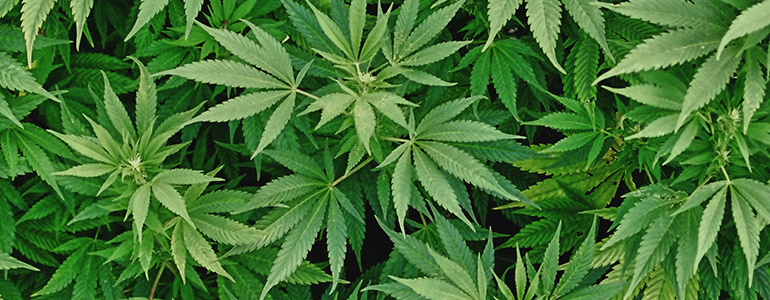
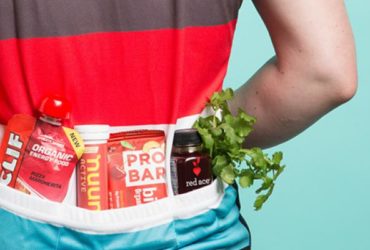
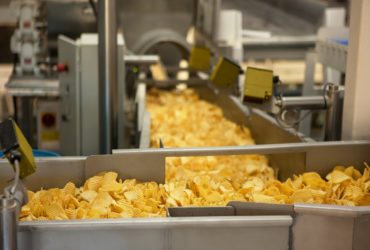



Magnificent site. Plenty of useful information here. I am sending it to several friends ans also sharing in delicious. And obviously, thank you to your effort!
This is very timely and innovative, cannabis has a lot of potential.